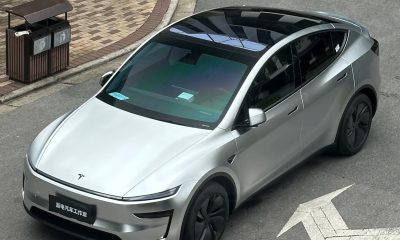News
How humans will colonize Mars: Elon Musk livestream
Speaking at the International Astronautical Congress in Guadalajara, Mexico today at 2:30PM ET, Elon Musk will unveil his plans for making humans a multi-planetary species. As part of the plans, it’s widely anticipated that the billionaire entrepreneur and CEO to SpaceX will also provide an inside look at how the company’s new Raptor engine will be able to transport humans to Mars.
Colonizing Mars will require more than sending a manned spacecraft to the Red Planet – something Musk looks to achieve within a decade. During the one-hour long presentation titled “Making Humans a Multiplanetary Species”, Musk will discuss the “long-term technical challenges that need to be solved to support the creation of a permanent, self-sustaining human presence on Mars,” according to program notes for the event. SpaceX has been recently spotted testing its Dragon crew capsule which it will eventually use in an unmanned mission to Mars as early as 2018.
Despite SpaceX’s ambitious plans to have humans set foot on on the Red Planet by 2025, experts believe the year-long 140 million mile (225 million kilometers) flight to Mars would not only require a major feat of engineering and budget – something SpaceX may not be able to afford on its own – but also have a great impact on human health.
According John Logsdon, former director of the Space Policy Institute at George Washington University, via Phys.org, “It’s unlikely that (Musk) will be able to get humans on Mars by 2025. You’re talking of tens of billions of dollars and SpaceX doesn’t have that type of money.” However, despite the skepticism, “it’s exciting to have someone with the vision” and “we are all interested to see what he has in mind and whether he can make a compelling case,” Logsdon added.
Watch the live stream (above) as Elon Musk and SpaceX reveal their plans on how to make humans a multi-planetary species.
News
Tesla rival brings back trade-in promo to poach customers
Companies are doing anything to convince them to switch from Tesla.
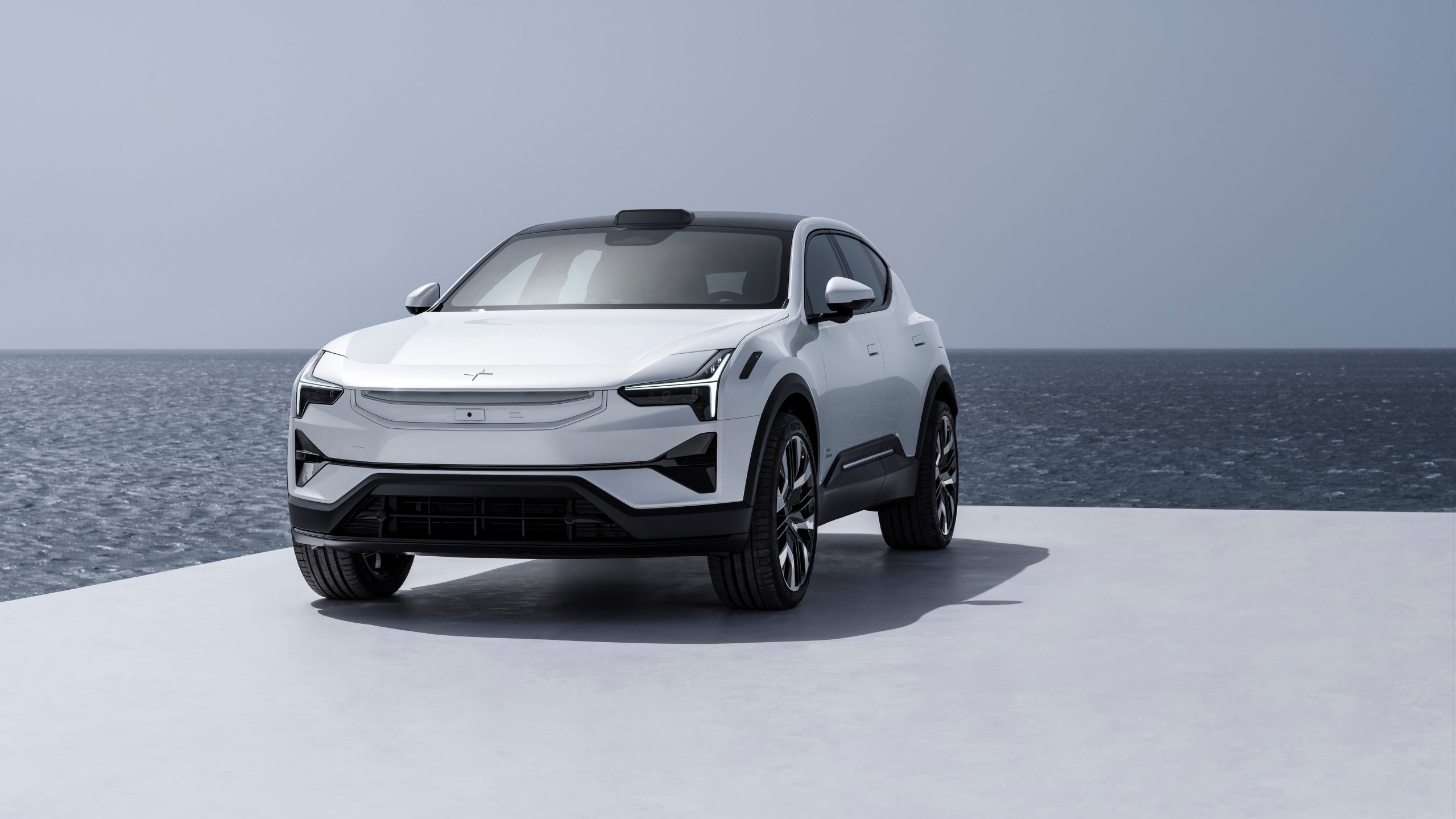
Tesla rival Polestar has brought back its promotion that will offer up to $20,000 in discounts for those looking to trade in their Teslas for another EV.
In late February, Polestar launched a similar campaign, and based on the success it said it had with it, the company has decided to bring it back for April in an attempt to woo more customers away from the Elon Musk-headed car company.
A spokesperson for Polestar told Reuters in a statement that:
“We piloted a conquest campaign in late February. Based on the positive response we ran a new campaign for the month of March. We are currently running a similar campaign for April.”
The campaign is very obviously an attempt to poach Tesla owners who might be willing to switch cars as some have expressed distaste with CEO Elon Musk’s involvement in politics, or they are just hoping to try something different.
Anti Elon Musk protester attacks Polestar after mistaking it for a Tesla
The offer is only valid on the Polestar 3, a vehicle that is built in South Carolina at Volvo’s factory just outside of Charleston. Volvo is Polestar’s parent company, which is why it is handling the production of the vehicle.
Evidently, the promotion was something that had Polestar encouraged, especially as some Tesla owners are looking to switch.
Polestar’s head of sales for the United States, Jordan Hofmann, even said in a post on LinkedIn that the company saw success after offering the Tesla trade-in promotion:
“The numbers speak for themselves. This week saw some of the highest order days for Polestar 3, and the response to our Tesla Conquest Offer has been incredible.”
Lucid currently also has a similar promotion going on with an up to $4,000 discount on the Air sedan for Tesla owners who choose to trade in.
Cybertruck
Tesla unveils new Cybertruck configuration, but not in the U.S. (yet)
Tesla’s Rear-Wheel-Drive trim of the Cybertruck has arrived, but not in the U.S. quite yet.
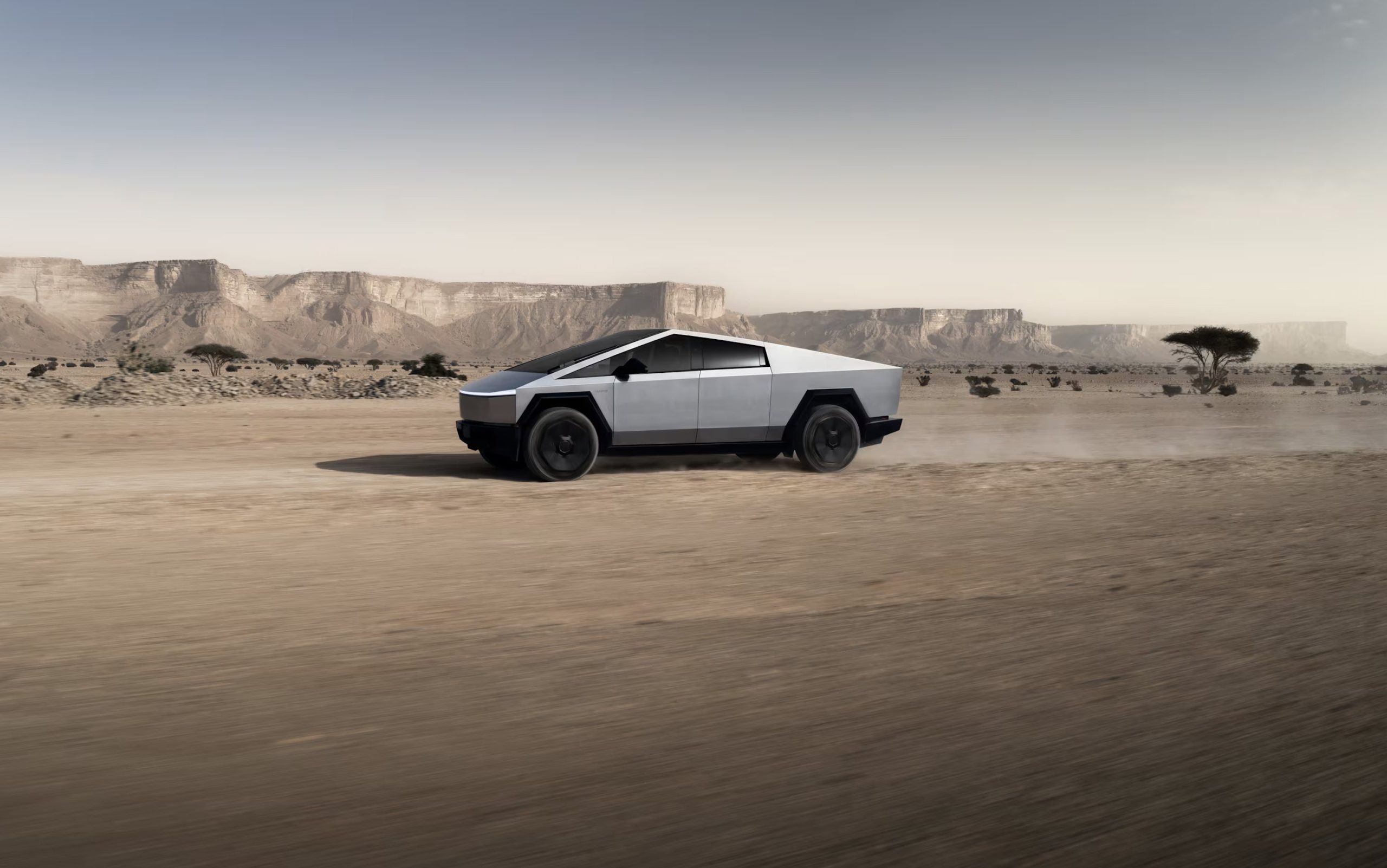
Tesla has officially unveiled a new configuration of the Cybertruck with a new Long Range Rear-Wheel-Drive trim, but it is not yet available in the United States.
Instead, Tesla is advertising the vehicle on its website in Saudi Arabia, a market where it launched deliveries for the first time today, April 10.
🚨 Tesla unveils Long Range Rear-Wheel-Drive Cybertruck. It is currently being offered in the Saudi Arabian market.
There is no listed price as of yet. pic.twitter.com/aDDgDEIEQt
— TESLARATI (@Teslarati) April 10, 2025
Tesla has always planned to launch this configuration of the Cybertruck, as in November 2019, at the vehicle’s unveiling event, it was the most affordable and most accessible trim, priced at just $39,990.
However, Tesla did not launch it right away, instead focusing on the All-Wheel-Drive trim levels that appeared to be in higher demand. Now, it is gearing up for its launch as planned for late 2025, but it is limiting orders to the Middle East, at least for now.
Specs
The specs of the new Tesla Cybertruck trim are as follows:
- Range – 350 miles/563 kilometers
- Acceleration – 6.6 seconds 0-100 km/h
- Top Speed – 180 kmh/111 MPH
- No adjustable air suspension
- No rear touchscreen
- Price not listed
U.S. Launch
While Tesla has not listed this specific trim of the Cybertruck in North America yet, it is likely that the company will launch it in the United States later this year.
Tesla has said that this trim level would be available in the U.S. in late 2025, and we would imagine that is still the plan. The reasoning for launching it in the Middle East before it heads to the U.S. is unknown, but it could have something to do with regulatory processes, specifically the EPA and its approval processes.
In the broader scope of things, launching this Cybertruck version in the U.S. could help to improve Tesla’s delivery figures for years to come after its launch.
Many people have been hoping for Tesla to launch a Cybertruck that is more affordable, and it could be a big reason the pickup has not been a bigger seller (despite being the best-selling EV pickup on the market).
This could be the key to unlocking more demand for the Cybertruck, especially in the U.S.
Cybertruck
Tesla confirms Cybertruck will make its way out of North America this year
The Tesla Cybertruck is headed to a new market outside of North America.
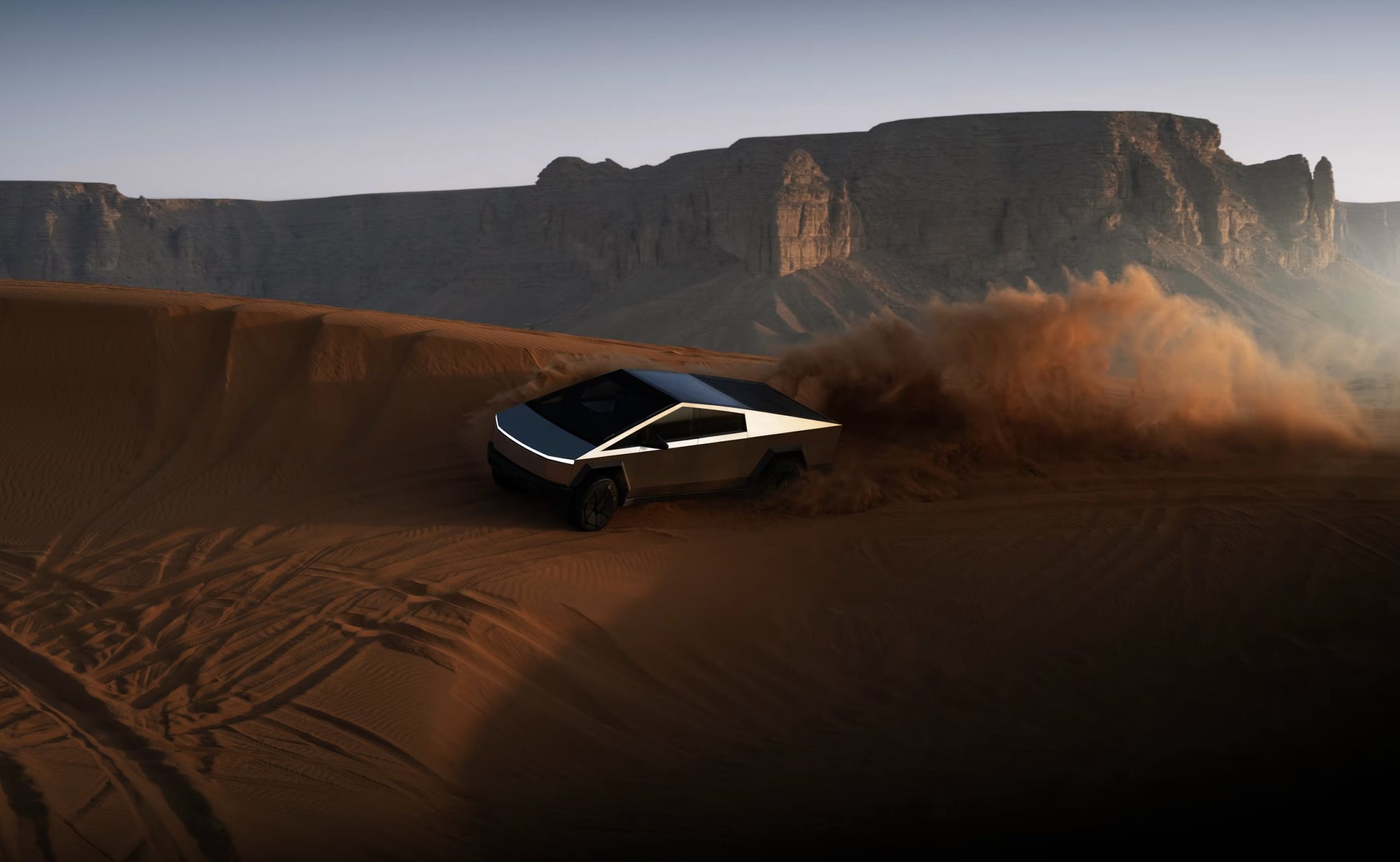
Tesla has confirmed that it will officially launch Cybertruck deliveries outside of the United States, Canada, and Mexico for the first time later this year.
It will be the first time the Cybertruck officially launches outside of North America, and will land in Saudi Arabia, the United Arab Emirates, and Qatar in late 2025.
🚨 Tesla has confirmed that the Cybertruck will OFFICIALLY make its way out of North America in late 2025 as it is launching deliveries in Saudi Arabia, the United Arab Emirates, and Qatar! pic.twitter.com/ghOhOowF3I
— TESLARATI (@Teslarati) April 10, 2025
Tesla launched deliveries in Saudi Arabia for the first time today, bringing its cars to the Middle East and launching a new market of availability.
With the big money available in the region, Tesla is surely positioned well, especially as the Cybertruck continues to be a vehicle that celebrities have flocked toward since deliveries began in late 2023.
Tesla will likely be shipping these vehicles from Gigafactory Texas to the Middle East, as both Giga Berlin and Gigafactory Shanghai have not established Cybertruck production lines. It will be interesting to see how soon Tesla can iron out this logistics process and whether it can stick to this timeline.
After the launch of the Cybertruck, many wondered when Tesla would launch it in a market outside of North America. Many speculated whether the company would follow through on the smaller version of the all-electric pickup that CEO Elon Musk hinted toward a few years ago.
Elon Musk hints at smaller Tesla Cybertruck version down the road
However, that smaller design is likely not needed for the roads of Saudi Arabia and other neighboring countries. Tesla truly considered that abbreviated version for Europe and Asia, where streets and homes are more compact.
-
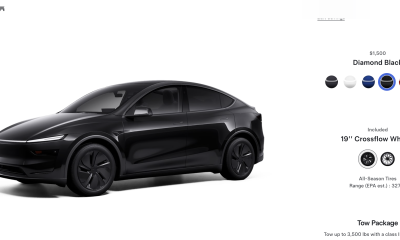
 News6 days ago
News6 days agoTesla rolls out new, more affordable trim of the Model Y Juniper in U.S.
-
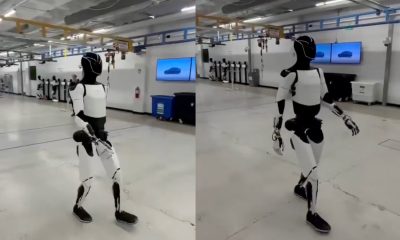
 News1 week ago
News1 week agoTesla shares Optimus’ improved walk in new update video
-

 Elon Musk2 weeks ago
Elon Musk2 weeks agoTesla vandal who lit Las Vegas repair center on fire arrested
-

 Elon Musk2 weeks ago
Elon Musk2 weeks agoElon Musk clarifies Trump tariff effect on Tesla: “The cost impact is not trivial”
-

 News2 weeks ago
News2 weeks agoTesla US Gigafactories shields from Trump’s 25% Tariffs
-

 Elon Musk2 weeks ago
Elon Musk2 weeks agoMusk says xAI has acquired X in $33 billion stock deal
-

 Elon Musk1 week ago
Elon Musk1 week agoTesla Germany reports 4,935 units sold in Q1 2025
-

 Elon Musk2 weeks ago
Elon Musk2 weeks agoTesla vehicles hit by ATV, suspect caught by Sentry Mode



